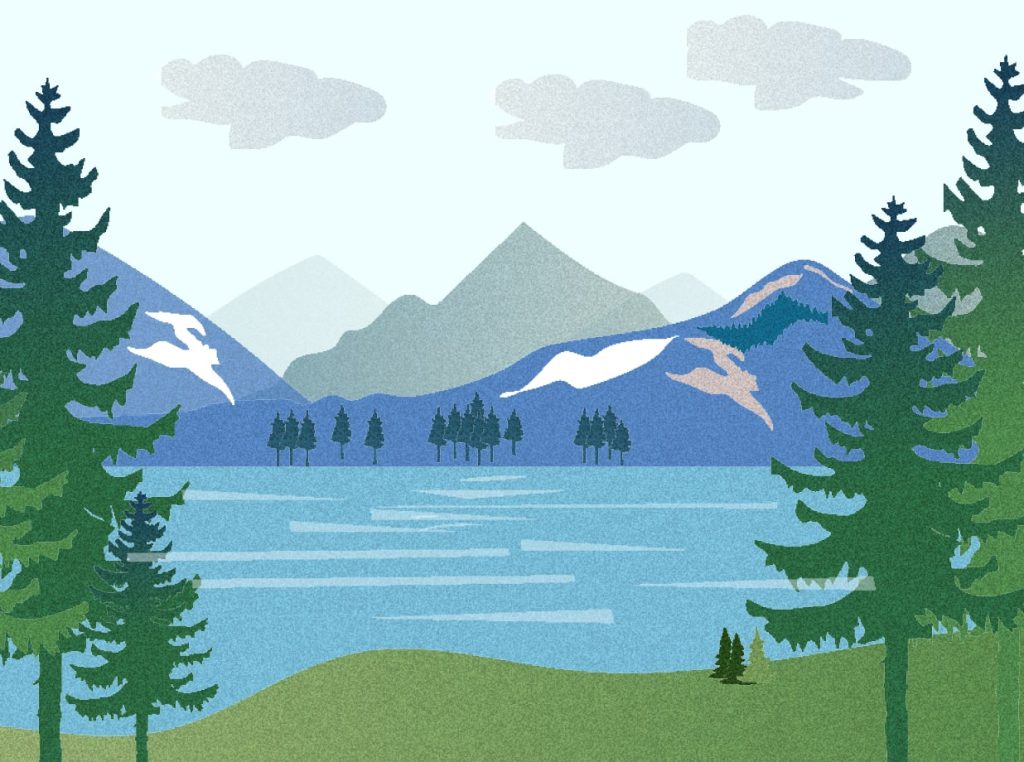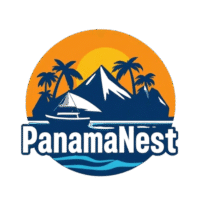Is Panama safe? For those considering Panama as a new home or a strategic investment location, the question of safety is foundational. The good news is that Panama is widely considered one of the most stable and secure countries in Central America. Its status as a regional business hub and its dollarized economy provide a layer of predictability and stability that is highly valued by expats, digital nomads, and investors. While you will encounter crime, as you would in any country, the key is to understand the specific risks and how they apply to you. This guide will move beyond general travel warnings to give you a clear, realistic overview of Panama’s security landscape, helping you make an informed decision about your future here.
Understanding Crime: What Expats Should Know
For those planning an extended stay, it’s important to understand the different types of crime in Panama. While violent crime, such as homicide, does occur, it is largely concentrated in certain areas and often connected to gang-related activity that rarely involves the expat community. For most foreigners, the main concern is petty crime—pickpocketing, purse snatching, and theft from vehicles—most commonly occurring in crowded places like shopping malls, bus terminals, and busy streets. Fortunately, a few simple precautions, such as avoiding walking alone at night in poorly lit areas, keeping valuables discreet, and using trusted transportation, can significantly reduce risk. Security forces maintain a visible presence in business districts and popular residential neighborhoods, helping create a safer environment for the international community.
If you’re wondering whether you can drive to Panama from the United States, the answer is yes—although it’s a long journey through multiple countries and requires careful planning, proper documentation, and awareness of varying road conditions and border requirements along the route.
Safe vs. Unsafe Areas in Panama City
Panama City, a bustling metropolis and the country’s economic engine, offers a diverse range of neighborhoods. The perception of safety varies dramatically from one area to the next. The safest and most popular neighborhoods for expats include Punta Pacifica, Costa del Este, and Clayton, known for their modern infrastructure, gated communities, and residential tranquility. Other desirable areas are El Cangrejo and San Francisco, which offer a vibrant, walkable urban lifestyle.
Conversely, certain neighborhoods have higher crime rates and are generally considered unsafe, especially at night. These include parts of El Chorrillo, Calidonia, and San Miguelito. It’s important to be aware of these areas and avoid them, particularly after dark, just as you would in any major city around the world. Knowing which neighborhoods to frequent and which to avoid is a key part of living safely and comfortably in Panama City.

Is Panama a “Third World Country”? What the Data Says
The term “Third World country” is an outdated and often misleading descriptor. A more accurate way to assess a nation’s status is by looking at its economic data and infrastructure. By these metrics, Panama positions itself as a modern, high-income economy with a strong financial sector and world-class infrastructure. Its GDP per capita is one of the highest in Central America, surpassing neighboring countries like Costa Rica.
Panama’s economy is service-based, driven by the Panama Canal, international banking, and a burgeoning logistics and tourism sector. The country boasts a modern skyline, a sophisticated international airport, and ongoing investments in transportation and infrastructure. While pockets of poverty and inequality persist, particularly in rural and indigenous communities, the general standard of living, infrastructure, and access to services in the areas where expats and investors typically live are comparable to many developed nations. This economic stability and robust infrastructure are fundamental to the safe and reliable environment that attracts foreigners.
Understanding Crime: What Expats Should Know
For those considering a long-term stay, it’s crucial to differentiate between the types of crime that exist in Panama. Violent crime, such as homicide, is a reality but is overwhelmingly concentrated in specific areas and often tied to gang-related activities that do not typically affect the expat community. For foreigners, the primary concern is petty crime, including pickpocketing, purse snatching, and theft from vehicles. These are most common in crowded areas like shopping malls, bus terminals, and busy streets. However, adopting a few simple, proactive measures—such as avoiding walking alone at night in poorly lit areas, being discreet with valuables, and using trusted transportation—can drastically reduce your risk.The country’s security forces maintain a visible presence in business districts and popular residential areas, contributing to a sense of safety for the international community.
Safe vs. Unsafe Areas in Panama City
Panama City, a bustling metropolis and the country’s economic engine, offers a diverse range of neighborhoods. The perception of safety varies dramatically from one area to the next. The safest and most popular neighborhoods for expats include Punta Pacifica, Costa del Este, and Clayton, known for their modern infrastructure, gated communities, and residential tranquility. Other desirable areas are El Cangrejo and San Francisco, which offer a vibrant, walkable urban lifestyle.
Conversely, certain neighborhoods have higher crime rates and are generally considered unsafe, especially at night. These include parts of El Chorrillo, Calidonia, and San Miguelito. It’s important to be aware of these areas and avoid them, particularly after dark, just as you would in any major city around the world. Knowing which neighborhoods to frequent and which to avoid is a key part of living safely and comfortably in Panama City.
Is Panama a “Third World Country”? What the Data Says
The term “Third World country” is an outdated and often misleading descriptor. A more accurate way to assess a nation’s status is by looking at its economic data and infrastructure. By these metrics, Panama positions itself as a modern, high-income economy with a strong financial sector and world-class infrastructure. Its GDP per capita is one of the highest in Central America, surpassing neighboring countries like Costa Rica.
Panama’s economy is service-based, driven by the Panama Canal, international banking, and a burgeoning logistics and tourism sector. The country boasts a modern skyline, a sophisticated international airport, and ongoing investments in transportation and infrastructure. While pockets of poverty and inequality persist, particularly in rural and indigenous communities, the general standard of living, infrastructure, and access to services in the areas where expats and investors typically live are comparable to many developed nations. This economic stability and robust infrastructure are fundamental to the safe and reliable environment that attracts foreigners.
Is Panama Safe for Americans?
Americans are a large and well-integrated part of Panama’s expat community, and the country is generally safe for them, whether as tourists or long-term residents. The U.S. State Department’s travel advisory for Panama is typically at a “Level 2: Exercise Increased Caution,” which is a standard advisory for many countries worldwide. It’s not a “Do Not Travel” warning, and it primarily advises caution due to crime.
The U.S. Embassy in Panama City provides a clear distinction between safe and high-risk areas. For instance, they advise against travel to the Darién Gap, a remote and dangerous region on the border with Colombia, and parts of the Mosquito Gulf due to criminal activity. However, in the urban centers and expat-heavy areas like Panama City and Boquete, Americans can live and travel safely by taking sensible precautions. The visibility of Americans and other foreign nationals is high in these areas, and while this makes them potential targets for petty theft, it also means a strong community and a well-developed support system are in place. The key is to be informed about the specific risks in different regions and to enroll in the Smart Traveler Enrollment Program (STEP) to receive security updates directly from the U.S. Embassy.
